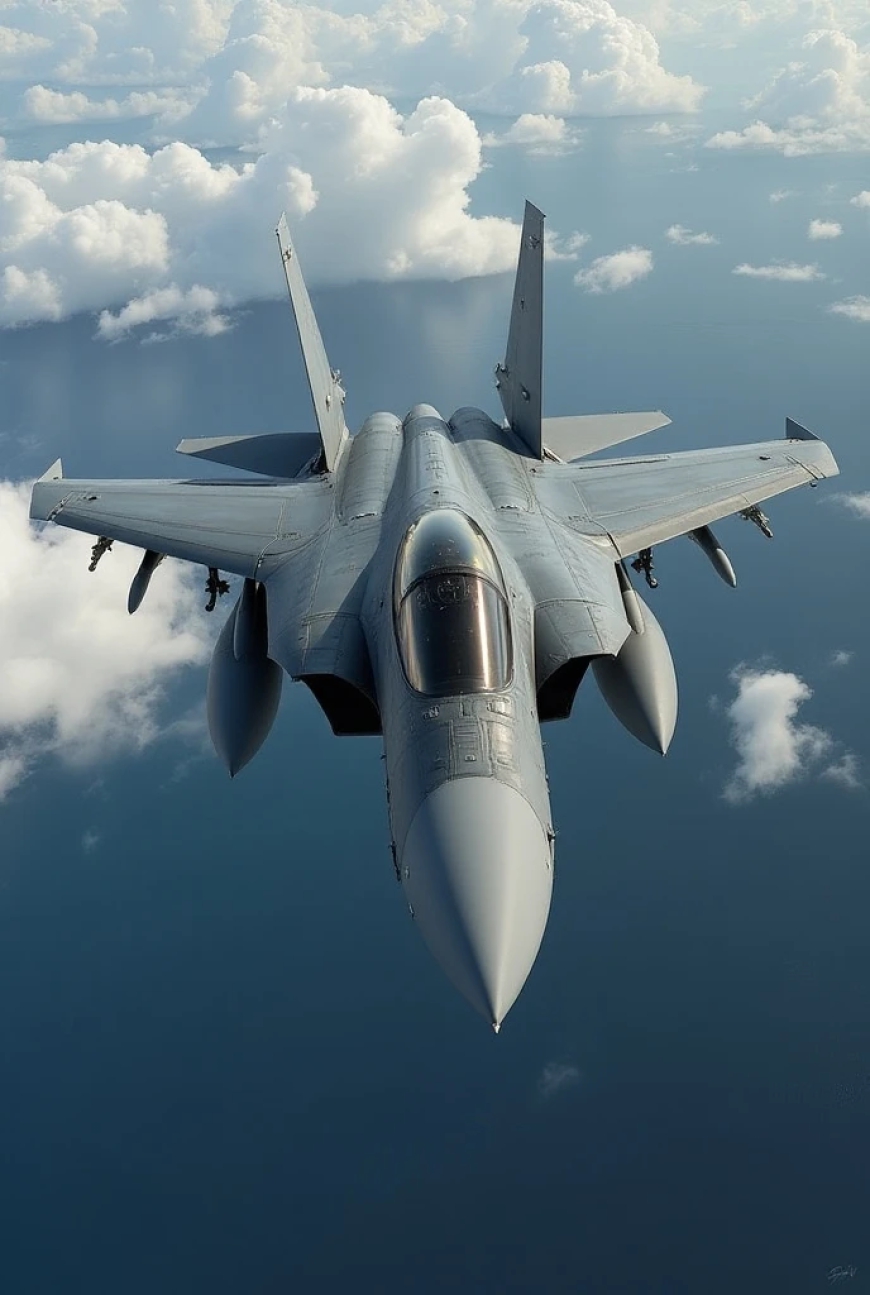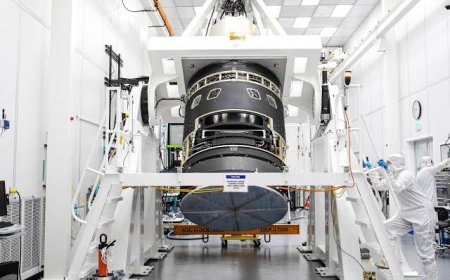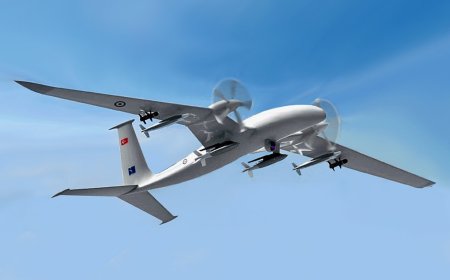Missile Approach Warning System (MAWS) technology in combat aircraft protection!
One of the most advanced avionics systems in combat aircraft technology today is the Missile Approach Warning System (MAWS). Although this is a new technology, its use started in the year 2010 or earlier. The main function of this sensor is to detect the missiles coming towards the helicopter or the aircraft and to provide the pilot of the aircraft with all the information including the location of the incoming missiles of the enemy side. In light of which the pilot can fire air-to-air missiles in turn, intercept or distract incoming missiles with the help of trajectory changes or flares or chaff.

Missile Approach Warning System (MAWS) sensor technology has made its debut as an important part of the avionics system of today's fighter jets. However, although the US-made F-16, F-15 or the Russian-made SU-27/30 fighters are considered as fourth-generation fighters, in reality, these sensors were not installed in advance. This would have made it very difficult for the old fighter jets to intercept incoming supersonic or hypersonic speed surface-to-air missiles and air-to-air missiles.
And to solve this complex problem, before 2010, technology-rich countries started using this technology extensively to protect their valuable warplanes and helicopters. Especially in today's era of high technology (AI), there is no alternative to attaching these sensors to survive in enemy skies. Initially, 2 such sensors were installed in the fighter aircraft, but currently, a total of 4 of these systems are installed in the airframe of most of the fourth and fifth generation fighter aircraft to provide 360 degree protection of the aircraft.
Actually these sensors work much like (RST) sensors. Which can understand the presence of missiles by detecting the heat signature generated from the booster engines of surface-to-air missiles or air-to-air missiles coming from the enemy side. Apart from that, accurate calculation of distance between missile speed and aircraft speed informs the pilot of the exact time of missile hit or impact. From which the fighter pilot can protect himself with very quick countermeasures.
Initially, two Missile Approach Warning System (MAWS) sensors were installed on the rear of the fighter's airframe. The main reason was that surface-to-air and air-to-air missiles developed a decade ago were based on (IR) guided missile systems. Which actually followed the heat signature (heat signature) of the fighter's rear engine to hit. However, with the touch of high technology, the technology of air-to-air missiles has been greatly improved. Currently, air-to-air missiles (IR) developed by developed countries are installed with more advanced radar-guided sensors instead of guided technology.
By doing this, the missile equipped with radar guided sensors has now gained the ability to identify enemy aircraft from any direction in front or behind through its own radar system and hit the missile instead of just finding hit signatures. And to solve this complex problem and to ensure 100% protection of warplanes in air combat missions, fighter jet manufacturing companies currently want to ensure 360 degree protection by installing 2 Missile Approach Warning System (MAWS) sensors in the front and 2 rear of the airframe of the warplane.
But surprisingly, the truth is that America and Red Giant China have started using Distributed Aperture System (DAS) sensor system of more advanced hi-tech technology in aircraft overtaking this technology. This innovative technology has started to be installed in the new generation stealth fighter, especially the US-made F-35 and the Chinese-made J-20. Which is believed to be a revolutionary change against air-to-air or surface-to-air missiles in the near future.
Sources: Msopedia, Wikipedia.
Sherazur Rahman


















































